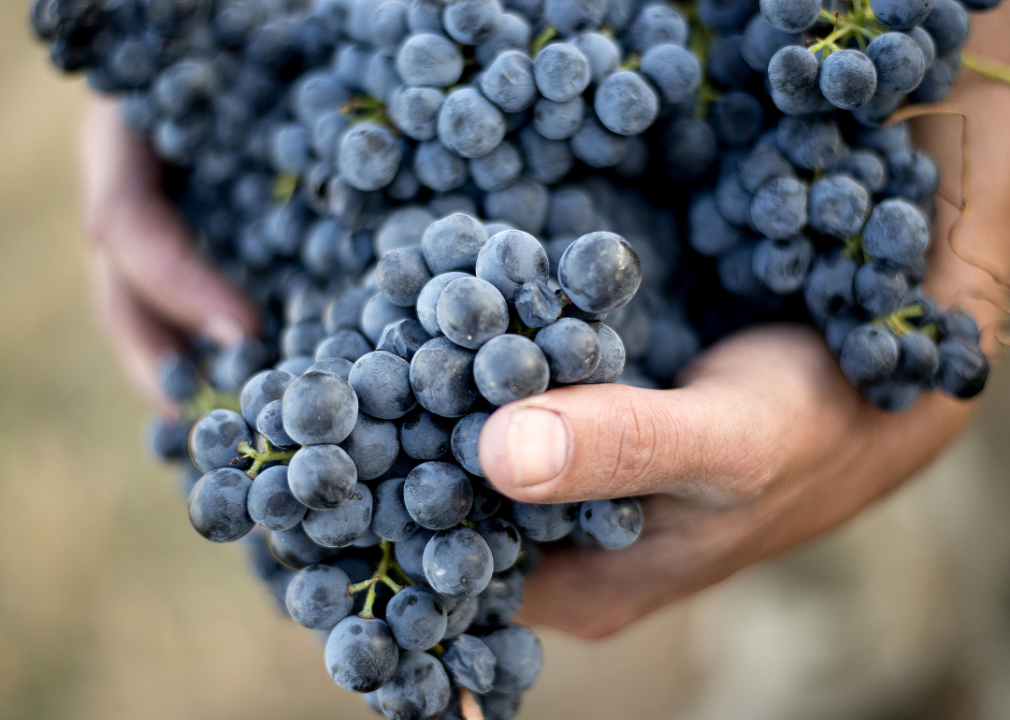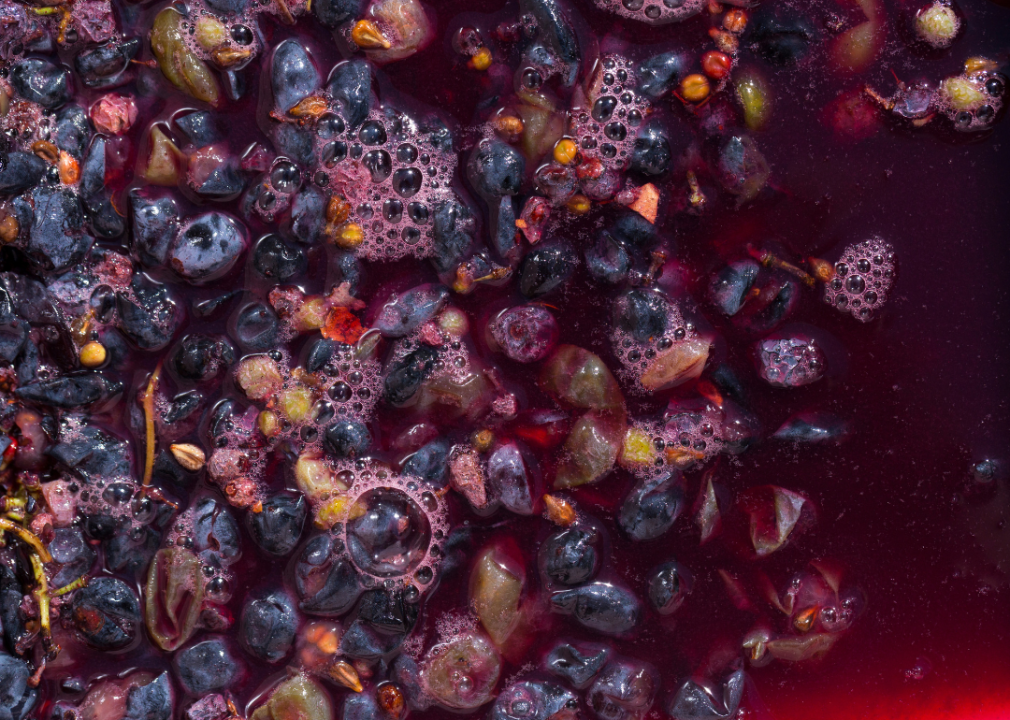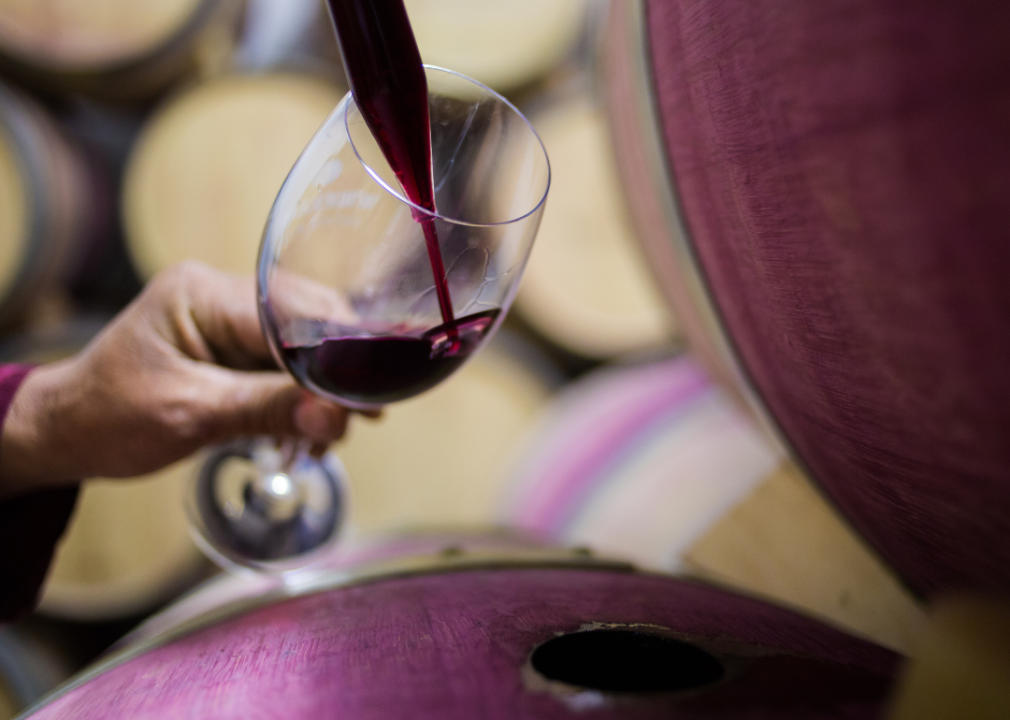The natural wine movement may seem new and trendy, but, winemakers have been making “natural” wine for thousands of years.
Natural wine—also known as naked or raw wine—is a grape juice that is fermented without additives. It doesn’t contain sulphur dioxide during fermentation and rarely at bottling. It also does not have added yeasts or bacteria, acid adjustment, fining, filtration, or enzymes.
Typically, wine is made with grapes that are harvested and crushed, then fermented. Red wine is fermented with skins, giving it that rich red colour, while white wine is made with grapes that are already pressed and fermented without skins. In conventional winemaking, yeast is added to convert the sugar into alcohol, then the wine is pressed and transferred to a vessel for aging.
However, without using additives like sulphites to preserve the flavour, or acid to assist with aging, the science behind natural winemaking can seem puzzling. To understand the process, Plonk Wine Club collected information from experts and news sources to examine how natural wines are made and how additives and fermentation can affect production.
Grape choice
The winemaking process starts with the grape vines. Natural winemakers choose grape varietals common or native to the region, instead of only growing popular varietals to follow market trends, according to reporting by Vox.
Using native grapes more suited for the area can make the vines thrive and become more disease-resistant, and thus more sustainable. Natural winemakers handpick grapes instead of relying on machines, which further cuts the winemaking industry’s carbon footprint.

xshot // Shutterstock
Pesticides and herbicides
Natural wine is grown without pesticides or herbicides, which were first introduced into farming during the 19th century to control the spread of diseases. Now, pesticides for grapes are common—over 30 million pounds of pesticides were used on conventionally grown California wine grapes in 2018, according to the California Department of Pesticide Regulation.
Natural winemakers follow organic or biodynamic farming practices, meaning the crops are grown without added chemicals. Growers will also farm holistically, taking into account things like the local ecosystem and lunar cycles of the vineyard.
However, while winemakers can grow organic grapes and pay for a certification, that doesn’t mean additives such as sulphur, yeast, and acid weren’t used during the fermentation process. Just because a wine is advertised as organic does not make it fully natural.

Piotr Velixar // Shutterstock
Yeast choice
In order to ferment a batch of wine, lab-grown yeast is typically used with other additives (commonly sugar) to create alcohol. However, in natural winemaking, yeast isn’t added at the fermenting stage. The winemakers rely on the native yeast found in the grapes to set off natural fermentation. This “wild” yeast is found swirling through the air, a natural part of the environment of the vineyard.
Relying on wild yeast means not controlling the particular type of yeast used in the fermenting process, which became popular after French chemist Louis Pasteur discovered the use of yeast in wine fermentation in 1857. However, for at least 8,000 years, winemakers relied on wild yeast and natural sugars from the grapes to create wine without knowing how the process actually worked.

Dewald Kirsten // Shutterstock
Acidity
The use of acid in wine is meant to preserve against bacteria and yeast growth. Conventional winemakers add tartaric acid and sulphur dioxide during the preservation phase.
Natural winemakers look for healthy, ripe grapes and pick them early to obtain better natural acidity from the fruit. Using grapes with lower pH levels—while also using little to no sulphur—means fewer microbes survive during the preserving process. However, if the grape’s pH levels are higher (i.e., contains more potassium), the winemakers have to work with the grape’s existing chemistry.

Mooi Design // Shutterstock
Sulphites
Although some natural winemakers will produce “raw” wine with no added sulphites, others will produce wine with very small amounts for preservation. Sulphites (sulphur dioxide) are added to inhibit bacterial growth, and some say they can be beneficial during the fermentation process by reducing oxidation.
However, some consumers may have allergic reactions or sensitivities to sulphites, with symptoms such as stomach pain, wheezing, asthma, hay fever, and hives. “Wine headaches” are also a common symptom, which can make natural wine a preferred option for those with sulphites sensitivities.
This story originally appeared on Plonk Wine Club and was produced and distributed in partnership with Stacker Studio.




